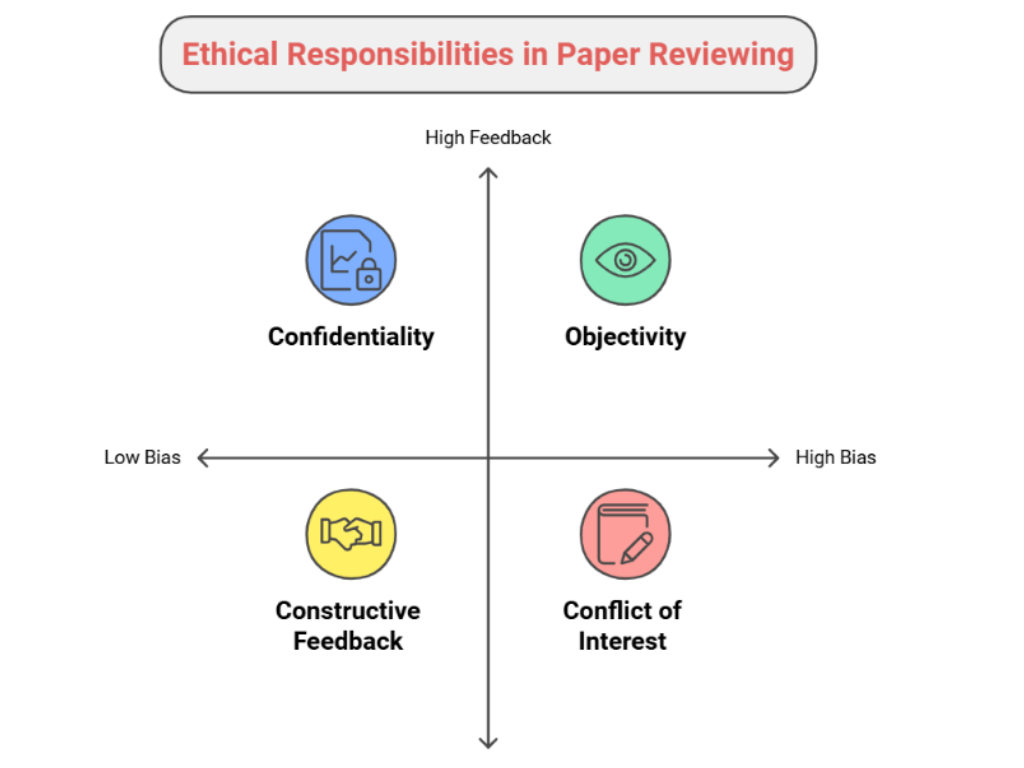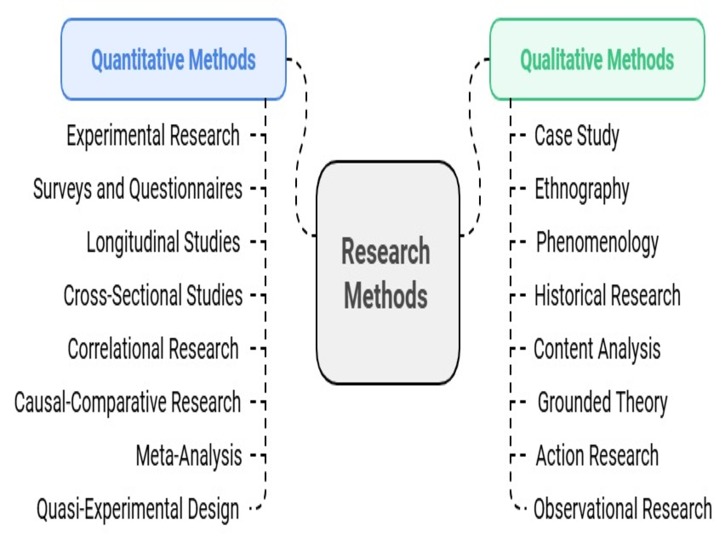What is Qualitative Data?
Qualitative data is non-numerical information.
It tells us what people think, how they feel, and why they behave a certain way.
It often comes in the form of:
- Interviews
- Focus group discussions
- Open-ended survey responses
- Observations
- Social media posts or documents
This data is rich in detail but harder to analyze than numbers.
Types of Qualitative Data
Here are common types:
- Text data (interview transcripts, articles)
- Audio recordings
- Video footage
- Images
- Field notes
Researchers turn this information into themes, patterns, and insights.
Analyze Your Qualitative Data in Minutes
Tired of manual coding and analysis?
Let MyRA handle it for you.
What you get:
➟ A detailed response generated from your own data
➟ Theme frequency overview
➟ Theme distribution per transcript
➟ No waiting. No confusion. Just clear insights.
Start analyzing smarter: www.myraresearch.com
Types of Qualitative Data Analysis
Let’s look at the main methods used to analyze qualitative data:
1. Thematic Analysis
- The most popular method.
- You identify themes or patterns in the data.
- Useful for analyzing interviews and focus groups.
- Example: “Students feel overwhelmed during exams” is a theme.
2. Content Analysis
- You count how often a word, phrase, or idea appears.
- Helps you summarize large amounts of text.
- You can use both manual coding and software tools.
3. Narrative Analysis
- Focuses on stories people tell.
- You explore how and why people tell those stories.
- Often used in psychology, education, and healthcare.
Free Webinar for Researchers
🔍 Title: Breaking Down My Systematic Literature Review: From Idea to Execution
🗓️ Date: Friday, June 13th
⏰ Time: 3:30 PM – 4:30 PM IST
Speaker: Faheem Ullah
Assistant Professor, University of Adelaide, Australia
In this webinar, you’ll learn:
➟ How to conduct a systematic literature review step by step
➟ Key stages of writing an effective literature review
➟ How to use AI tools to speed up your literature search and synthesis
➟ Ethical and responsible use of AI in research
➟ A walk-through of my own published literature review
Reserve Your Free Spot Now: CLICK HERE FOR FREE REGISTRATION
4. Grounded Theory
- You build a new theory from your data.
- Analysis happens in steps as you collect more data.
- Great for exploring new or under-researched topics.
5. Discourse Analysis
- Studies how language is used in real-world situations.
- It focuses on power, culture, and social norms in language.
- Often used in media, politics, or gender studies.
6. Framework Analysis
- Often used in policy research.
- You use a pre-defined framework to analyze data.
- It’s structured and helps when working with teams.
Pro Tip:
Use tools like MAXQDA, NVivo, or ATLAS.ti to help organize and code your data.
Final Thoughts
Qualitative data is powerful.
It brings depth and human understanding to your research.
Choose the analysis method that fits your research goal and data type.
Want to save time in your analysis?
Check out our recommended AI tools in the next issue!
📌 Save this post. Share it with a PhD friend. And start growing
Don’t forget to read: PhD Stress and Its Solutions
YouTube Channel: www.youtube.com/@DrFaheemUllah

Find me on Youtube



